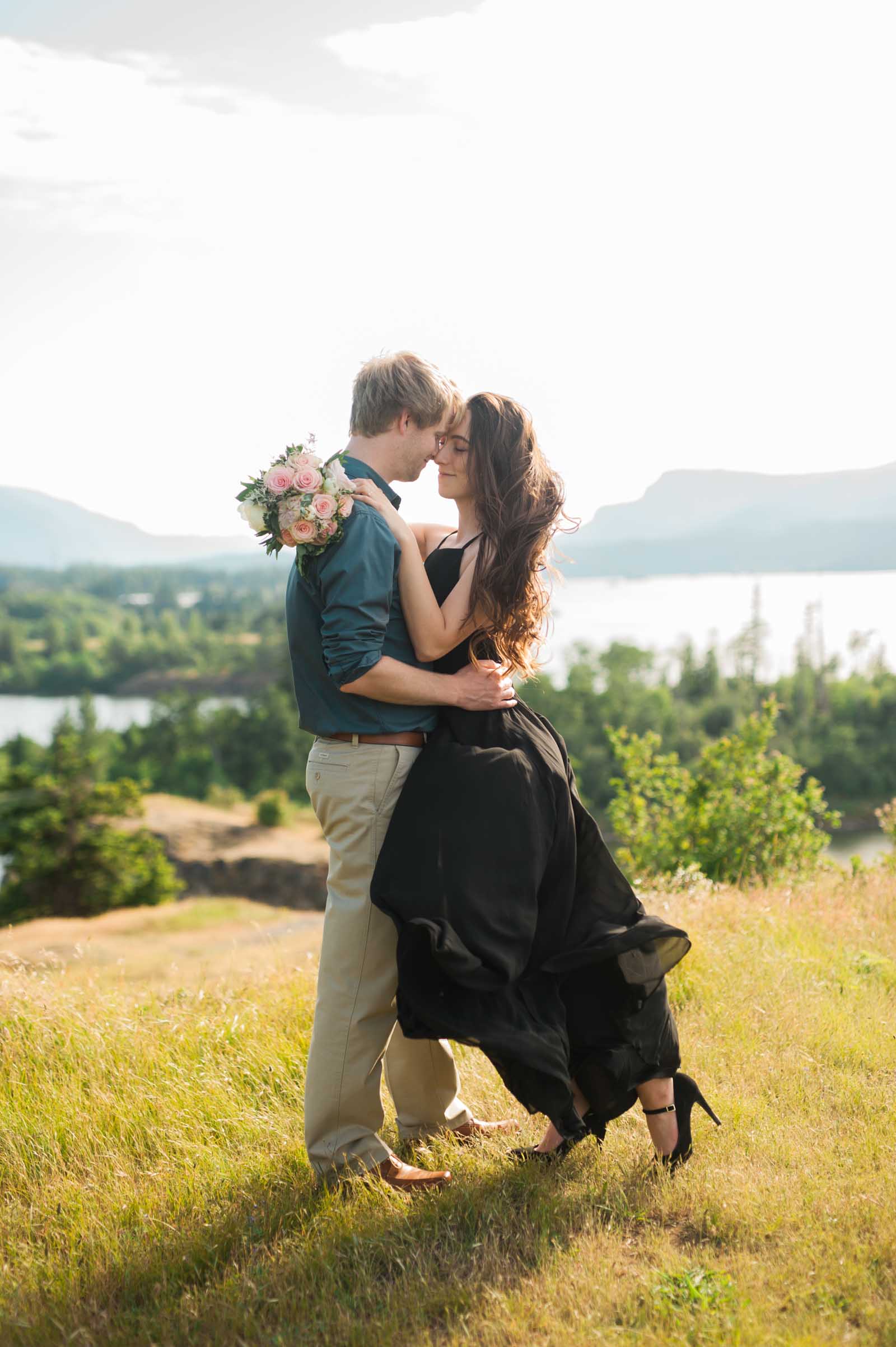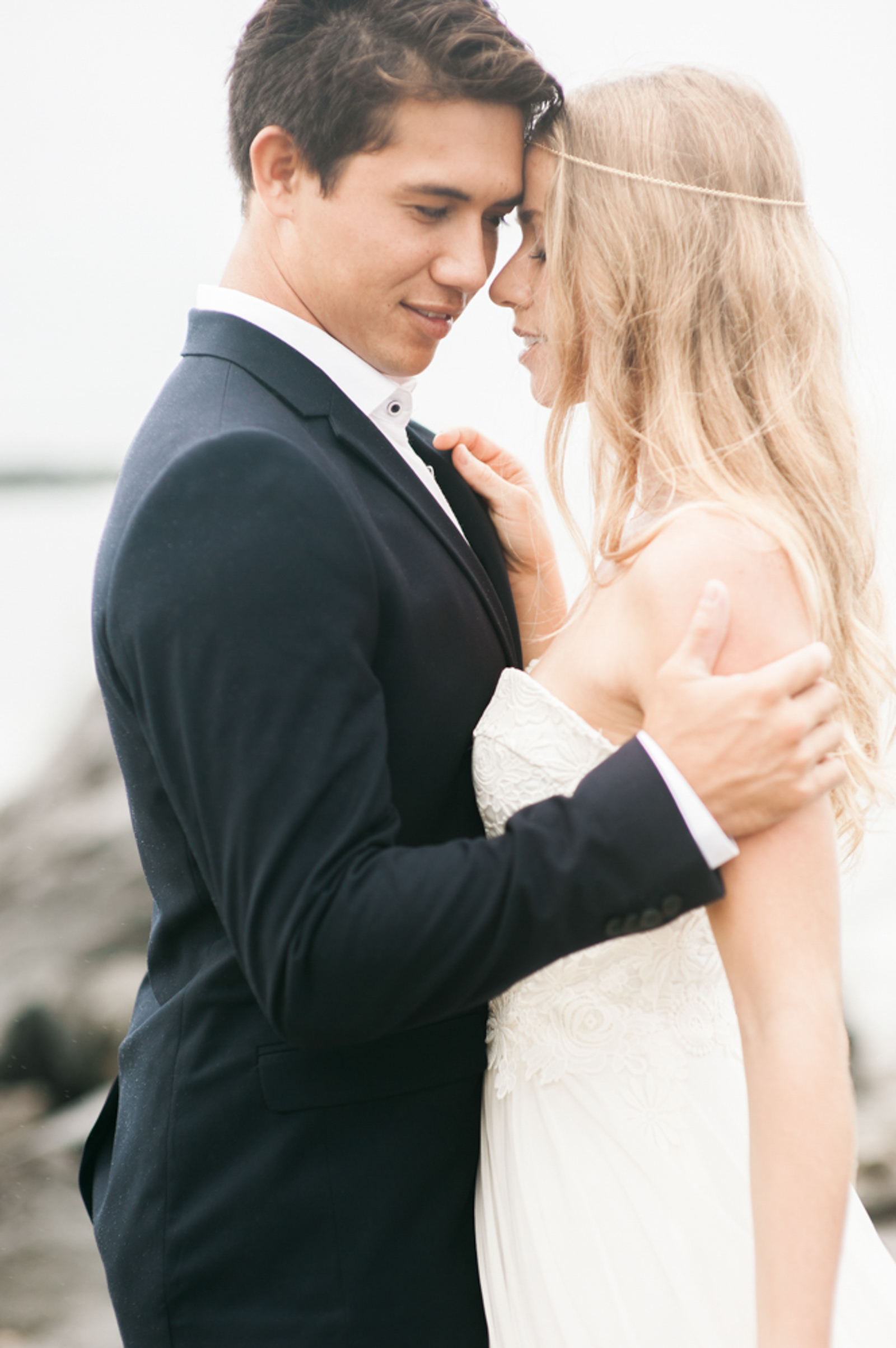Embarking on the journey of wedding planning involves finesse, creativity, and meticulous attention to detail. Begin by establishing a wedding planning checklist; this foundational tool aids you in organizing each task effectively. Consider crafting a realistic wedding planning timeline to ensure you manage each phase smoothly and without unnecessary stress. As you navigate this process, selecting wedding vendors becomes crucial—they are the partners who help transform visions into reality. Pay special attention to wedding photography, capturing moments that become cherished memories. The art of planning your special day lies in maintaining flexibility while staying true to your unique vision, ensuring a seamless experience.
Setting a Realistic Wedding Budget
Establishing a practical wedding budget is a key step in ensuring your celebrations proceed without financial stress. The first task is to evaluate your overall financial situation to determine what you can comfortably afford. Consider all aspects included in your wedding planning checklist to ensure no unexpected expenses arise. Prioritize essentials such as venue and attire before allocating funds to additional luxuries, keeping your budget balanced and realistic.
Recent trends indicate that many couples opt for personalized and unique experiences over extravagant affairs to maintain budget compliance. These choices often reflect on their wedding planning timeline, where smaller, intimate gatherings take precedence over larger parties. This shift allows more significant investments in high-priority areas, like premium wedding photography, guaranteeing lasting impressions without excessive expenditure.
Engaging with wedding vendors early and thoroughly can provide clarity on costs, offering an easier way to stick to your financial plan. Open discussions about budget constraints often lead to creative solutions and discounts. Your negotiations with these vendors will play a vital role in monetary management, ensuring your dream event remains within reach. Working closely with them can help you keep track of financial commitments and adapt as necessary.
Choosing the Perfect Venue
Selecting the ideal venue is crucial to creating the atmosphere and setting the tone for your wedding day. Begin your search by envisioning your dream location and aligning it with the overall theme of your event. Consider the logistical aspects such as guest capacity, accessibility, and facilities to ensure it fits perfectly within your wedding planning checklist. This foundational step anchors your subsequent planning activities, from decor choices to guest logistics.
One of the common questions couples ask when choosing a venue is, “How much should we expect to spend?” To answer this, remember that venue costs can vary significantly depending on location, amenities, and season. It’s important to compare what each venue offers within your wedding planning timeline and budget. This helps you make an informed decision that balances cost with your desired features and services.
Collaboration with wedding vendors can further enhance your venue experience. These professionals offer insights into venue capabilities and restrictions that you might not initially consider. Prioritize communication with them to get a comprehensive understanding of what each venue can provide. Additionally, ensure the venue supports stunning wedding photography by scouting for picturesque spots that encapsulate the essence of your celebration. This foresight enriches the memories captured on your special day.
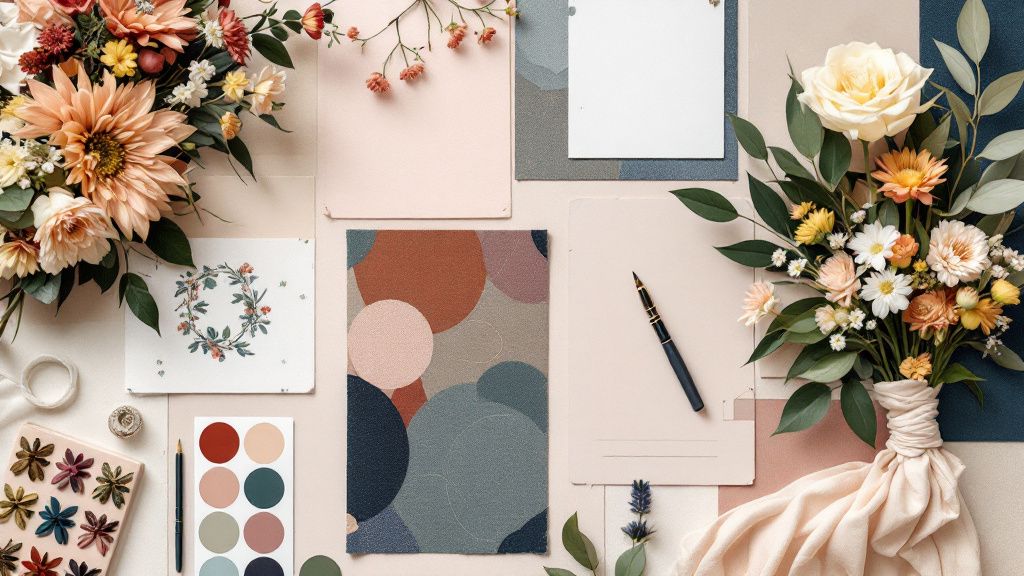
Designing Your Wedding Theme
Creating a cohesive wedding theme is an art that brings your individual style to life. Start by considering elements that reflect your love story and personalities, such as color palettes, cultural motifs, or favorite destinations. This personal touch guides you as you navigate your wedding planning timeline, influencing everything from decor to your choice of attire. Your theme serves as a visual narrative, setting the mood for a truly memorable experience.
Looking at wedding themes through the lens of storytelling, we can see that each element contributes to the larger narrative of your day. Different components, such as floral arrangements and table settings, weave together to tell a compelling story. Incorporate these details thoughtfully in your wedding planning checklist, ensuring that every piece aligns with your envisioned theme.
Engaging with skilled wedding vendors can enhance your theme by providing expert advice on color schemes, textures, and layout designs. Their expertise aids in realizing your creative vision while ensuring practical considerations are met. Pay attention to areas that will be highlighted in wedding photography, as these images tell the story of your theme for years to come. Maximize the impact by focusing on elements that resonate with your desired aesthetic, ensuring consistency and charm throughout your celebration.
Crafting the Ultimate Guest List
Curating the ultimate guest list involves balancing intimate bonds with logistical realities. Start by brainstorming all potential guests, then refine the list based on your venue’s capacity and budget. Consider who will contribute most meaningfully to your celebration, aligning this step with your wedding planning timeline to manage invites and RSVPs efficiently. Open conversations with family can also ensure no essential individuals are overlooked.
In the next few years, guest lists are likely to become more curated and intimate, reflecting shifts in societal expectations and event personalization. This trend underscores the importance of prioritizing quality interactions over sheer numbers. Maintaining close connections during your wedding planning checklist ensures guests selected will enhance the emotional fabric of your day, creating a warm and memorable gathering.
Consulting with your wedding vendors can provide additional insights into accommodating your guest list effectively. They can offer advice on seating arrangements and catering logistics, ensuring each guest is comfortably integrated into the event. Additionally, prioritize capturing the essence of each attendee through wedding photography, focusing on candid moments that reflect genuine interactions. These decisions contribute to crafting a cherished experience that aligns with your vision.
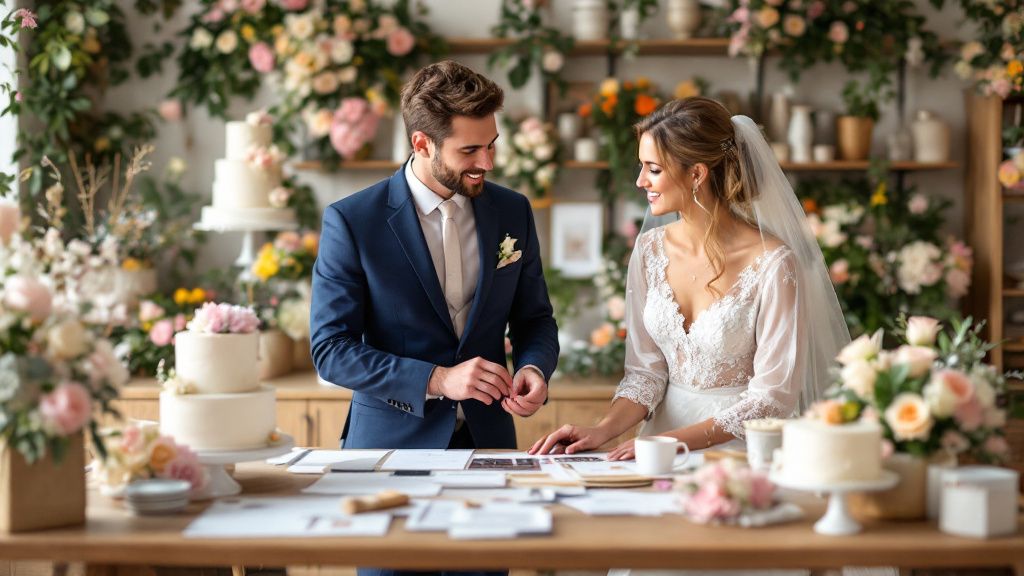
Sourcing Reliable Vendors
Finding dependable wedding vendors is integral to executing a seamless event. Begin by identifying the specific services you need, such as catering, floristry, or music, and incorporate these into your wedding planning checklist. Research and recommendations are key in this process, offering insights into vendors’ reputations and quality of service. Schedule consultations to discuss your vision, ensuring they understand your style preferences and logistical requirements.
One of the challenges in sourcing reliable vendors is ensuring they deliver on promises and fit within budget constraints. This issue can be addressed through thorough vetting and clear communication. Ask for references and read reviews to gauge vendor reliability. Establishing precise contracts that detail deliverables, payment schedules, and contingency plans provides clarity and sets mutual expectations. This attention to detail helps mitigate risks and fosters a trusting relationship.
The wedding planning timeline is a valuable tool; allocating ample time for vendor selection reduces stress and allows for thorough consideration. Establish a rapport with vendors who can adapt to last-minute changes, ensuring flexibility and peace of mind. Align your choices with the aesthetic you envision for your wedding photography, as the right vendors will collaboratively contribute to the day’s visual storytelling. Through careful vendor selection, you can bring your wedding vision to life with confidence.
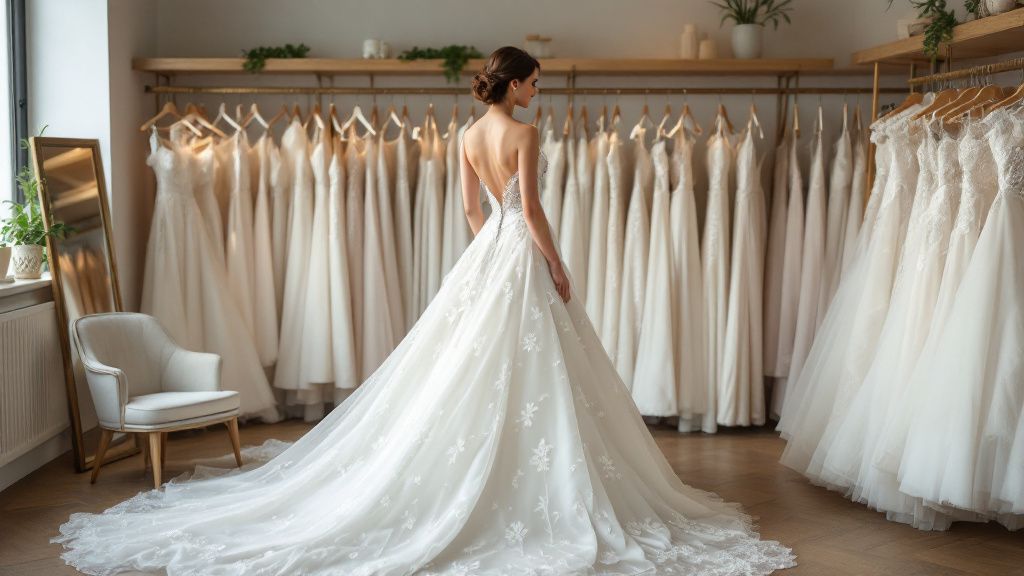
The Perfect Wedding Attire
Choosing the perfect wedding attire involves more than just personal taste; it’s about harmonizing with the wedding’s overall theme and setting. Start by considering factors like formality, season, and venue, integrating these into your wedding planning checklist. Whether opting for a classic gown or a modern suit, the attire should reflect your personality while fitting seamlessly into the day’s aesthetic, enhancing your comfort and confidence.
Comparing traditional attire versus contemporary styles sheds light on diverse options available today. Traditional wedding attire often features time-honored fabrics, cuts, and detailing, conveying a sense of heritage and formality. In contrast, contemporary choices emphasize individuality and current fashion trends, allowing more freedom in color selection and design. Weigh these aspects based on the desired tone of your celebration.
Early engagement with wedding vendors ensures access to a wide range of options and the ability to customize elements to your liking. When selecting attire, also consider how it will look in wedding photography, as this plays a crucial role in your cherished memories. Fitting sessions aligned with your wedding planning timeline ensure everything aligns perfectly, allowing you to walk down the aisle with poise and joy.


